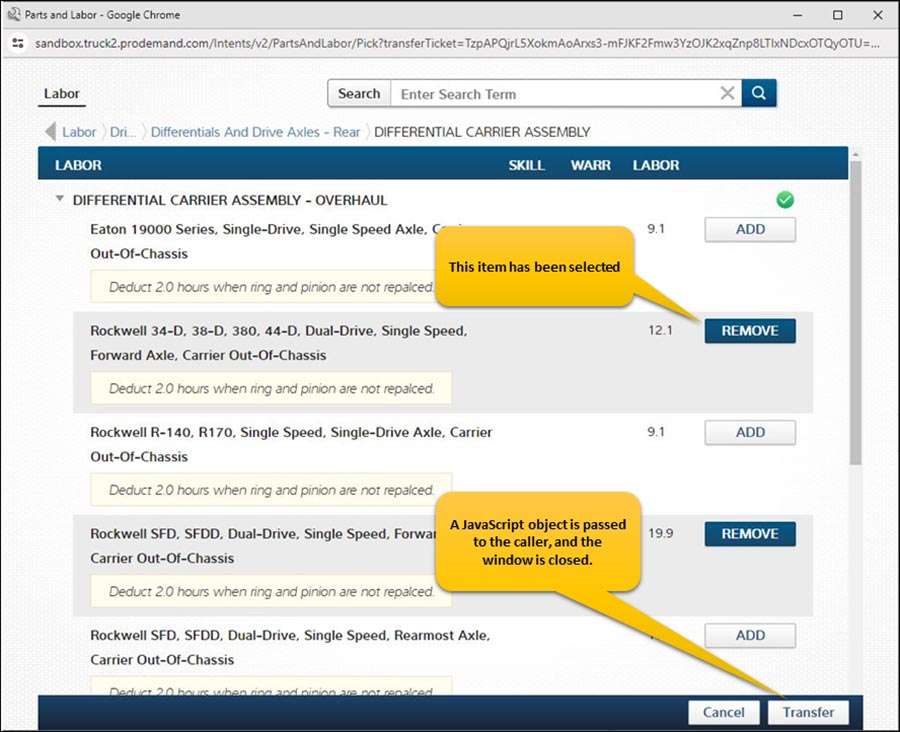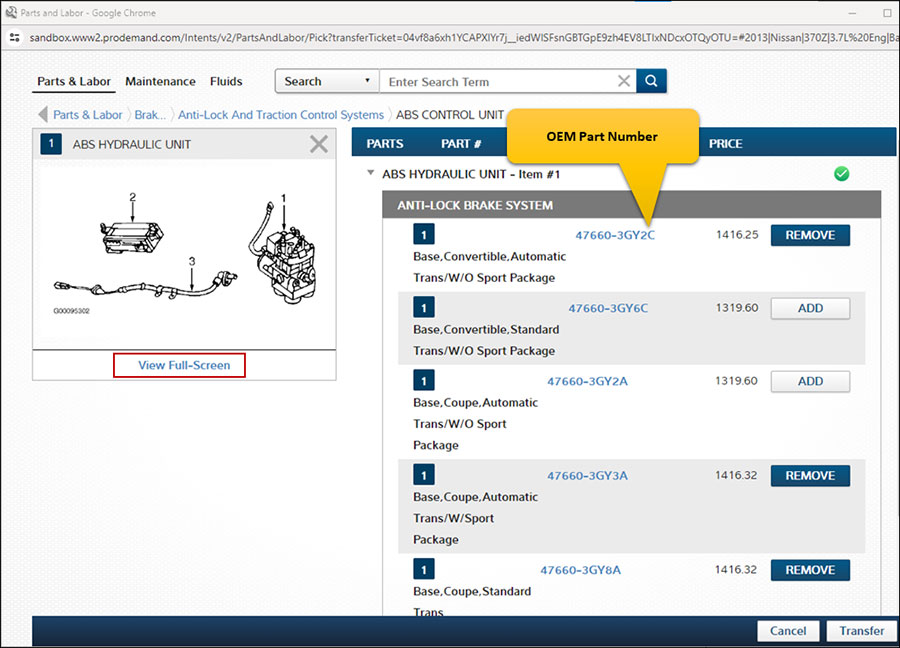A great ventriloquist possesses the ability to bring a dummy to life. Many people find either joy, or a hint of creepiness, in a ventriloquist carrying on a heated or humorous discussion with a wooden-jawed dummy with a personality of its own. More often than not, the dummy is rather insulting to the ventriloquist, who expertly employs a good dose of self-deprecating humor. Still, a skilled ventriloquist convinces the audience that a genuine conversation between two individuals is taking place.
How does this connect to commercial vehicle repair? Believe it or not, trucks are unknowingly themselves all-star ventriloquists.
Of course, a truck is only an assembly made up of metal, plastic, rubber, and several different fluids. The truck does not knowingly project its “voice” to entertain or deceive. However, as a conglomeration of interconnected components, a truck possesses the inherent ability to transmit vibrations or sounds from one location to another.
The mysterious van: An unexpected lesson in vehicular ‘ventriloquism’
Some years back, more than I can, at times believe, I gained an unwelcome introduction to this vehicle ventriloquism concept with a service van. These big vans are already notoriously noisy. Any failing moving components tend to make the van interior nearly unbearable, or at least destroy all hope of any enjoyable radio programing or conversation.
With this particular van, at about 40 MPH, a growl from the rear started making a horrendous racket that sounded like every bearing in the rear differential had run dry. There was no doubt in my mind that the rear differential would soon suffer a catastrophic failure.
I limped the van back to the shop, put it up on the hoist and pulled the differential cover. Everything looked great. There was a good amount of metal dust attached to the magnet inside, suggesting that maybe a bearing was failing.
Chasing the elusive noise: Unraveling the mysterious clatter
Well, I knew the noise was coming from the back, so I thought I might as well pull the axle shafts and carrier to take a better look. The bearings and gears were as good as any well-functioning differential. I cleaned everything up and checked the gear patterns. They were textbook beautiful.
At this point, I have a road test and complete differential disassembly and reassembly on the clock with no problem found. Time for another road test. Who knows, maybe some mechanical miracle took place in taking everything apart and putting it back together again. Fat chance!
On the road test, the noise came back just as loud as before. I was still new to driveline noise, and this situation provided no encouragement to continue in this line of work. Not being one to give up too easily, I went back to the shop and looked at the entire rear of the van hoping to find something. Again, everything looked fantastic but it must be coming from back there somewhere.
After spending the better part of the day on this van, I finally begrudgingly surrendered and checked out the noise-vibration analyzer from the shop equipment. After hooking up all the wires around the van, I asked the service advisor to drive while I did the checks with the analyzer.
Deciphering the deceptive source: Lessons in diagnosis
The noise was actually coming from the right front wheel area, rather than the back. The service advisor insisted I must have identified the wire location incorrectly because that noise was coming from the rear axle, not the front wheel. In spite of what our ears were telling us, I put the van back up in the air and checked the right front wheel. I could feel something grinding in the hub.
Disassembling the right front, it was plain as day that the inner wheel bearing inner race had started coming apart. I replaced the inner wheel bearing, cleaned and packed both bearings, then went out for another road test. The van sounded as perfectly noisy as any other van.
Lessons learned and the quest for precision diagnosis
This ventriloquist van did a great job fooling me and teaching me a valuable lesson about chasing down noise complaints. Noises and vibrations travel and harmonize with components in other locations. The noise in the rear of this van fooled me, the owner, and the service advisor.
Even though there are noises and vibrations that are easily identified, some can be real tricksters. In this instance, it would have been wise to confirm with the noise-vibration analyzer or other suitable testing equipment. Some lessons, especially like this one, have a lasting effect and ultimately helped me to become a better diagnostician.
Additional tips for repair and maintenance of Class 4-8 trucks may be found in the Mitchell 1 ShopConnection Truck blog.







